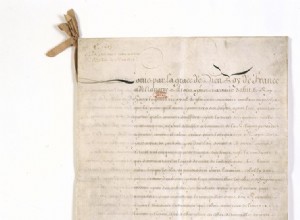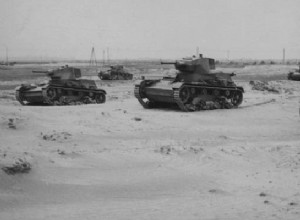The Edict of Nantes, signed by Henri IV in 1598, offers Protestants freedom of worship, freedom of conscience and puts France on the path of tolerance. It also marks the end of the wars of religion. But, under Louis XIII, a rebellion of the Protestants of Béarn, who refuse to authorize the Catholic




